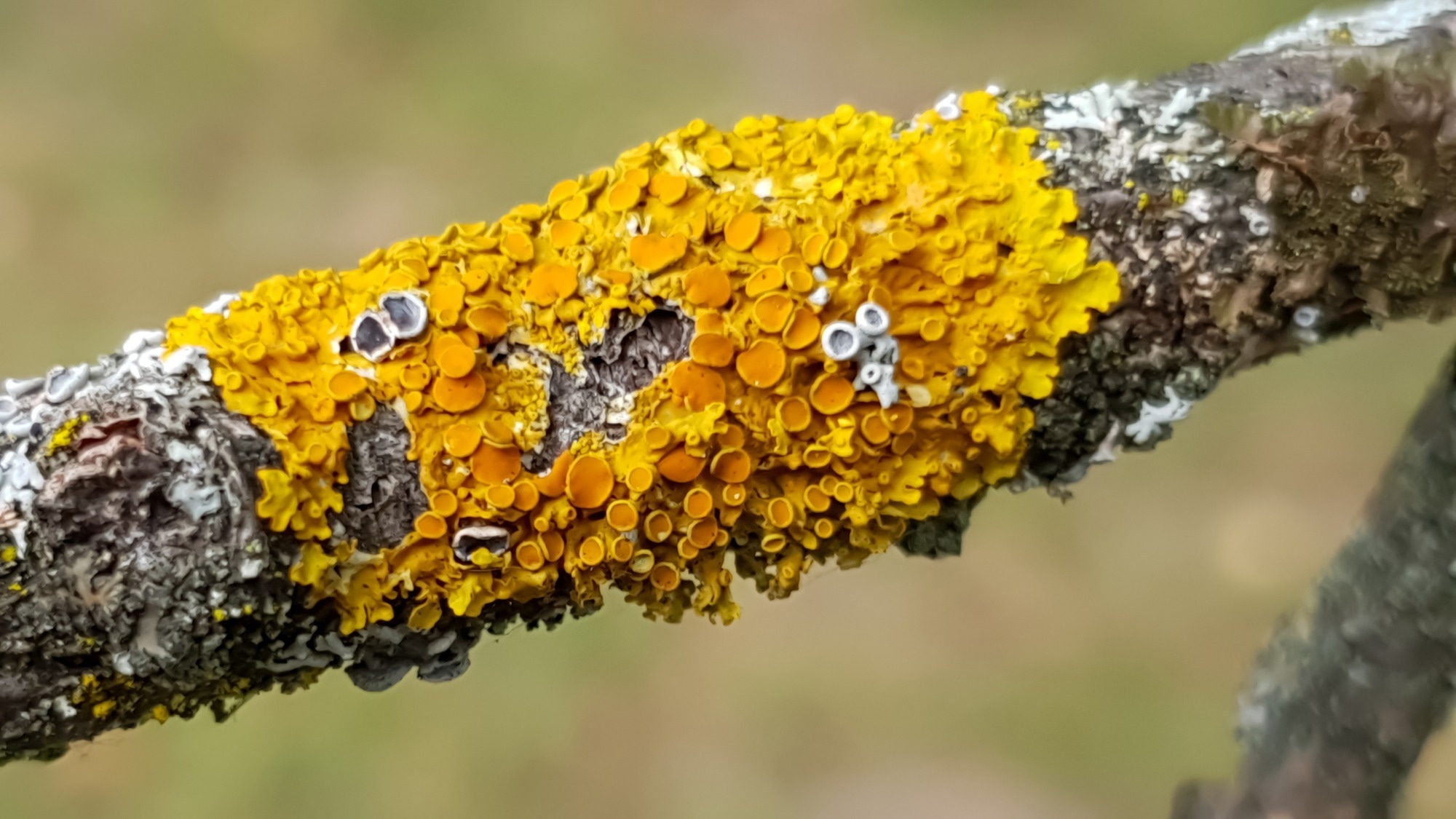Researchers have developed a synthetic lichen-inspired microbial system that can autonomously repair cracks in concrete using only air, water, and light.
 Study: Design of Co-culturing system of diazotrophic cyanobacteria and filamentous fungi for potential application in self-healing concrete. Image Credit: Dan Gabriel Atanasie/Shutterstock.com
Study: Design of Co-culturing system of diazotrophic cyanobacteria and filamentous fungi for potential application in self-healing concrete. Image Credit: Dan Gabriel Atanasie/Shutterstock.com
A recent study published in Materials Today Communications introduces a synthetic lichen system that mimics the natural symbiosis between phototrophs and heterotrophs to produce biomaterials in a self-sustaining way.
The researchers set out to construct a minimal synthetic community using diazotrophic cyanobacteria, which can fix CO2 and N2 from the atmosphere, and filamentous fungi, which play a key role in attracting calcium ions and facilitating the precipitation of calcium carbonate (CaCO3). This design closely mirrors the structure and function of natural lichen.
Why Self-Healing Concrete Matters
Concrete, despite its widespread use, is vulnerable to cracking due to its low tensile strength and various stress factors such as shrinkage, temperature changes, and external loading. These cracks compromise structural durability, allowing moisture and gases to corrode internal reinforcements, resulting in frequent inspections, costly maintenance, and reduced lifespan of infrastructure.
This challenge has fueled interest in self-healing technologies, especially those using microorganisms to seal cracks. While promising, most current approaches still depend on external nutrients to activate healing agents. This dependence limits their long-term effectiveness and autonomy.
The new study addresses this limitation by engineering a microbial system that operates independently of external inputs, using naturally available air and sunlight to fuel the healing process.
Taking Cues from Nature: How the System Works
The team drew inspiration from lichens - resilient organisms formed through symbiosis between fungi and photosynthetic partners (either algae or cyanobacteria). Found on trees, rocks, and harsh surfaces, lichens are known for their ability to survive in nutrient-poor environments through mutual support.
Mimicking this model, the researchers built a synthetic system where:
- Cyanobacteria convert sunlight, CO2, and N2 from the air into energy and nutrients.
- Filamentous fungi attract calcium ions and create conditions for calcium carbonate (CaCO3) formation, which physically seals the cracks in concrete.
Together, these microbes thrive on just air, water, and light - no added carbon or nitrogen required.
Experimental Setup and Microbial Pairings
To test the concept, the study explored three microbial co-cultures:
- Trichoderma reesei with Anabaena inaequalis
- T. reesei with Nostoc punctiforme
- T. reesei combined with both A. inaequalis and N. punctiforme
These combinations were grown in inorganic liquid media without added nutrients, mimicking nutrient-scarce environments like concrete surfaces. The team used a mix of methods - including dry biomass measurement, optical density tracking, selective fungal plating, and phycocyanin assays - to evaluate microbial growth and CaCO3 production under different lab and concrete conditions.
What They Found
The results were clear: co-cultures performed significantly better than single-species systems. This confirms the value of microbial cooperation, where each organism supports the other in essential functions.
Cyanobacteria fixed CO2 and N2 from the air and produced oxygen, organic carbon, and nitrogen, feeding the fungi. In turn, fungi supplied water, minerals, and a physical matrix for CaCO3 crystallization. They also enhanced the cyanobacteria’s stability by offering shelter and recycling CO2.
Both microbes secreted extracellular polymeric substances - rich in acidic residues and sugars - that helped glue the healing minerals to the concrete surface and to each other. This synergy enabled the microbes to not only grow in challenging conditions but also form stable mineral deposits that effectively filled cracks.
A Step Toward Smarter, Greener Infrastructure
This synthetic lichen system shows that self-healing concrete doesn’t have to rely on external additives or complex interventions. With just sunlight, air, and water, the microbial duo can actively maintain concrete surfaces by generating repair materials on site.
The implications are significant: longer-lasting infrastructure, reduced maintenance costs, enhanced safety, and potential applications in remote or extreme environments, such as underwater structures or even space habitats.
Journal Reference
Rokaya, N., Carr, E. C., Tiwari, S., Wilson, R. A., & Jin, C. (2025). Design of Co-culturing system of diazotrophic cyanobacteria and filamentous fungi for potential application in self-healing concrete. Materials Today Communications, 44, 112093. DOI: 10.1016/j.mtcomm.2025.112093, https://www.sciencedirect.com/science/article/abs/pii/S235249282500605
Disclaimer: The views expressed here are those of the author expressed in their private capacity and do not necessarily represent the views of AZoM.com Limited T/A AZoNetwork the owner and operator of this website. This disclaimer forms part of the Terms and conditions of use of this website.